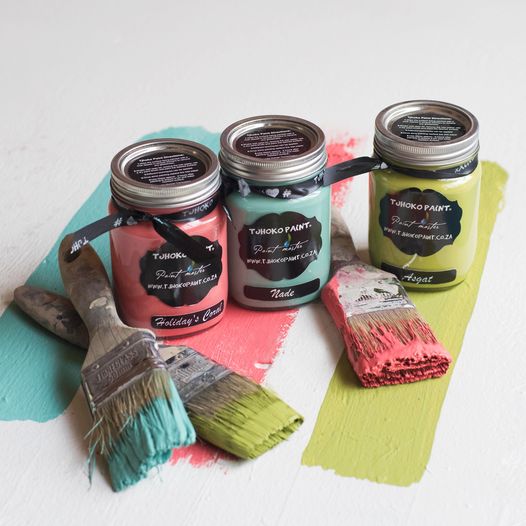Midline crossing refers to the ability to move your arms or legs across the imaginary line that runs down the center of your body. It's essential for both gross and fine motor skills to develop properly. This ability starts to emerge between 6-12 months of age when babies begin transferring objects from one hand to another or using one hand to support themselves while reaching across their body with the other.
The best way to encourage midline crossing is by allowing your child plenty of space for free movement and stimulating their senses through playful activities. Midline crossing becomes more refined as your child grows, typically fully developing by 8-9 years old. Participating in activities that promote midline crossing during the first nine years of life is essential for motor skill development.
Signs Your Child May Struggle with Midline Crossing:
- Avoids crossing the midline during drawing or writing: Your child may move their whole body, shift the paper, or switch the crayon/pen to the other hand rather than moving their hand across the page.
- Lack of hand dominance: Your toddler might switch hands during tasks like eating or drawing, rather than consistently using one hand.
- Difficulty with activities that require both sides of the body to work together: Tasks like cutting, threading, climbing, catching, and crawling may be challenging.
- Struggles with eye tracking: Your child may have trouble smoothly following an object across the midline with their eyes without moving their head.
Why Midline Crossing is Important:
- Bilateral fine motor skills: Activities like writing, drawing, painting, and cutting all require the ability to cross the midline.
- Bilateral gross motor skills: Tasks such as catching and kicking balls, climbing, hopping, and galloping rely on midline crossing.
- Reading skills: When we read, our eyes must move smoothly from left to right, crossing the midline fluidly across the page.
Fun Midline Crossing Activities with Tjhoko Paint
Here are some creative ways to help your child practice midline crossing using Tjhoko Paint:
- Paint and Smooth Activity: Instead of simply painting lines on paper, put different coloured blobs of paint on the left side of the page. Give your child an old bank card or a piece of cardboard to smooth the paint across the page. Make sure they are seated in the center and encourage them to move the card across the midline, rather than turning their body.
- Finger Painting Patterns: Paint small blobs on the left side of the page and another set of dots at the top in the same colours. Let your child use their finger to drag the paint from left to right, then top to bottom, repeating the pattern. The finished artwork can be used as wrapping paper for a fun, creative gift!
- Giant Figure 8 Racetrack: Take a large piece of paper or fabric and have your child paint a giant figure 8 racetrack. Make sure they cross their midline as they paint without twisting their body. Once dry, have them drive toy cars around the track.
- Rainbow Painting: Have your child sit on their knees with a large piece of paper in front of them. Let them paint a rainbow, starting from the left and sweeping all the way to the right. This helps encourage crossing the midline while keeping their body still.
- Handprint Obstacle Course: Get 8 pieces of paper and have your child make handprints using different coloured paints. Create four left handprints and four right ones. Stick the prints up on the wall in an alternating pattern (left-right-left-right) at shoulder height. Encourage your child to follow the handprint trail, placing their left hand on the left handprints and their right hand on the right handprints.
These activities are a fun, hands-on way to help your child develop essential midline crossing skills while exploring their creativity with Tjhoko Paint!


